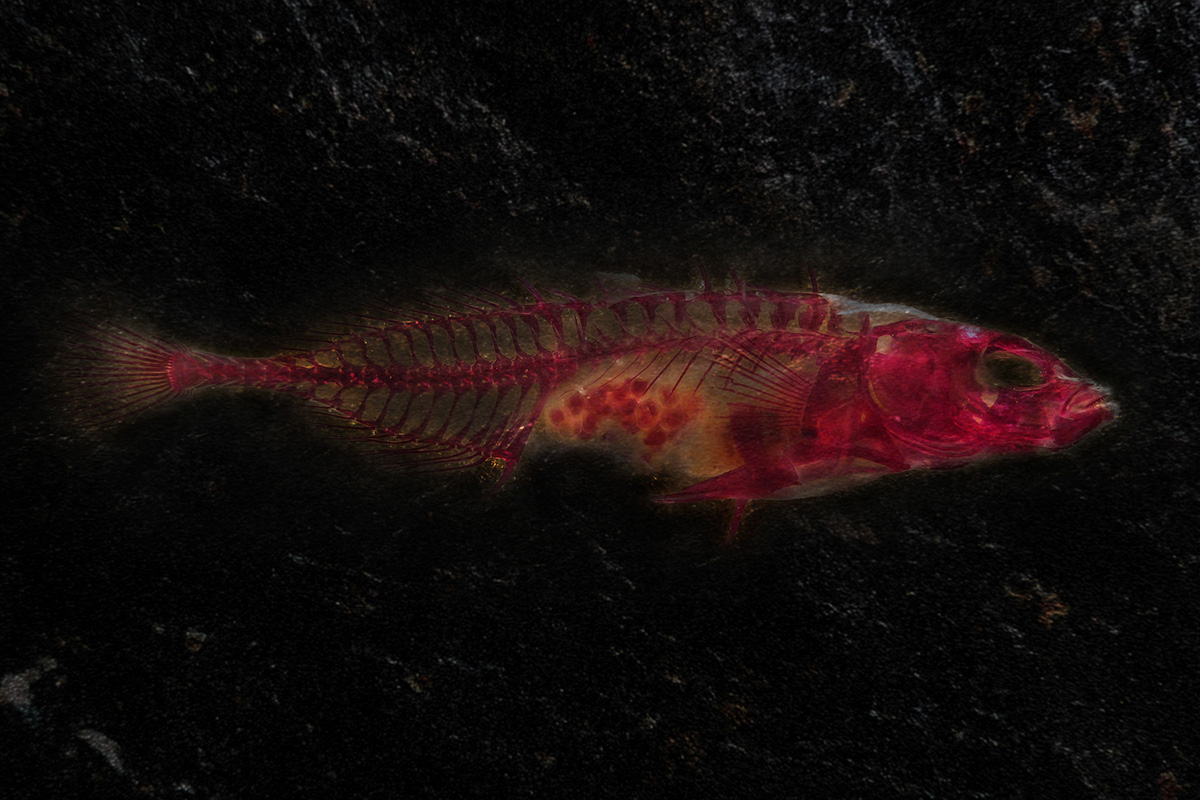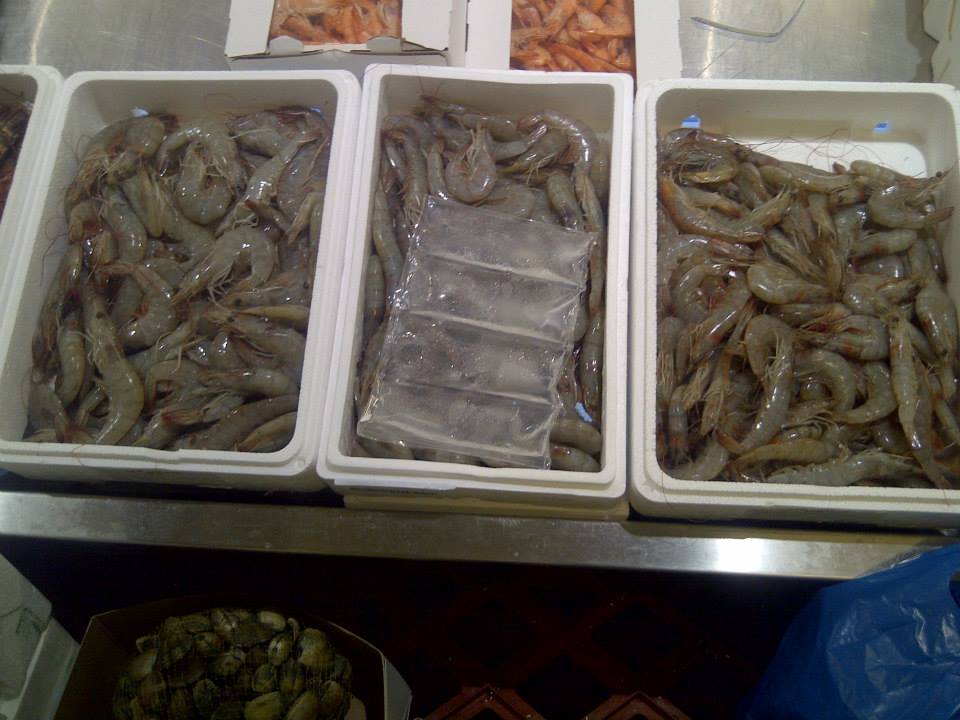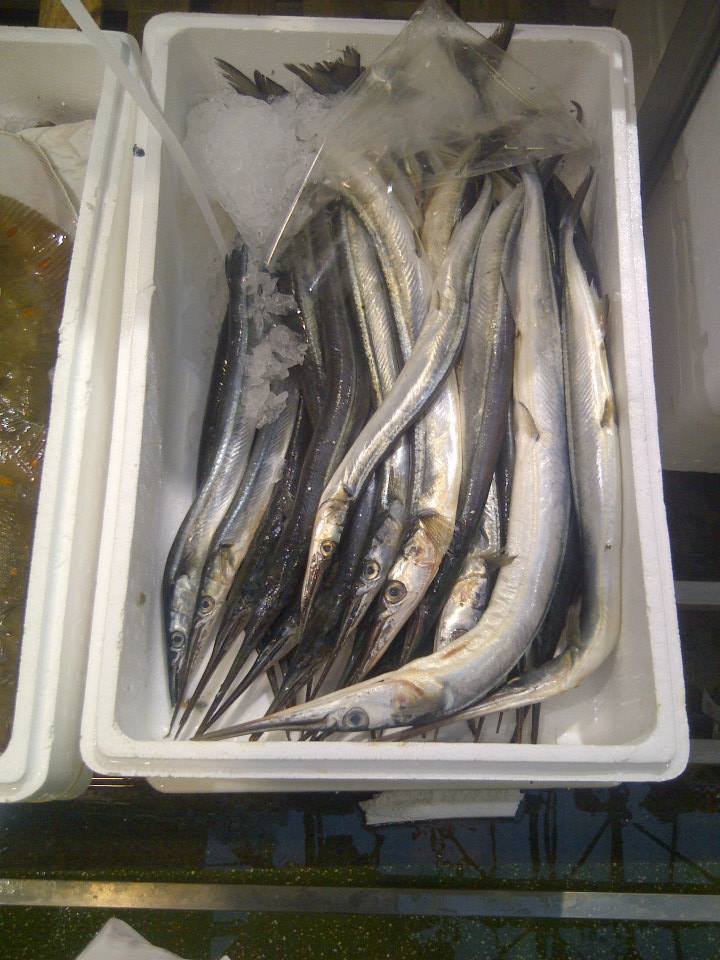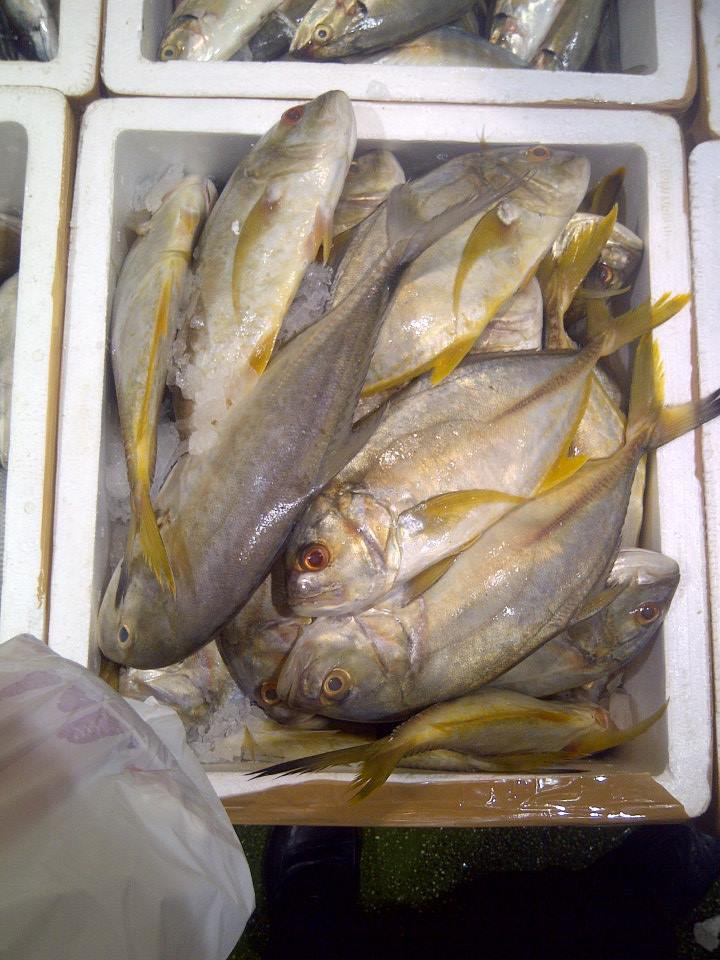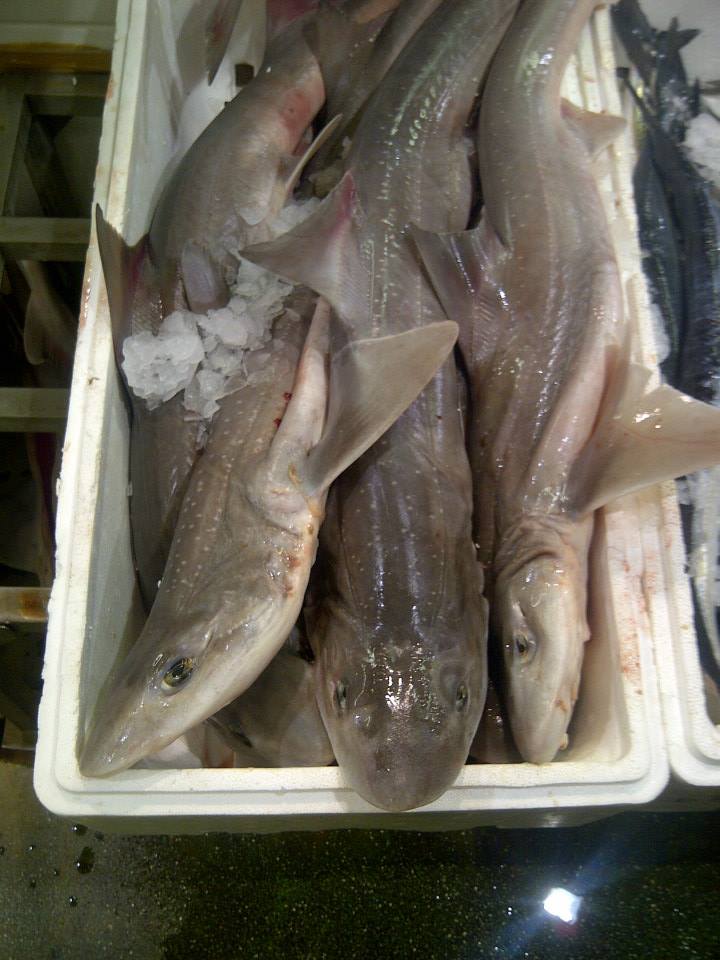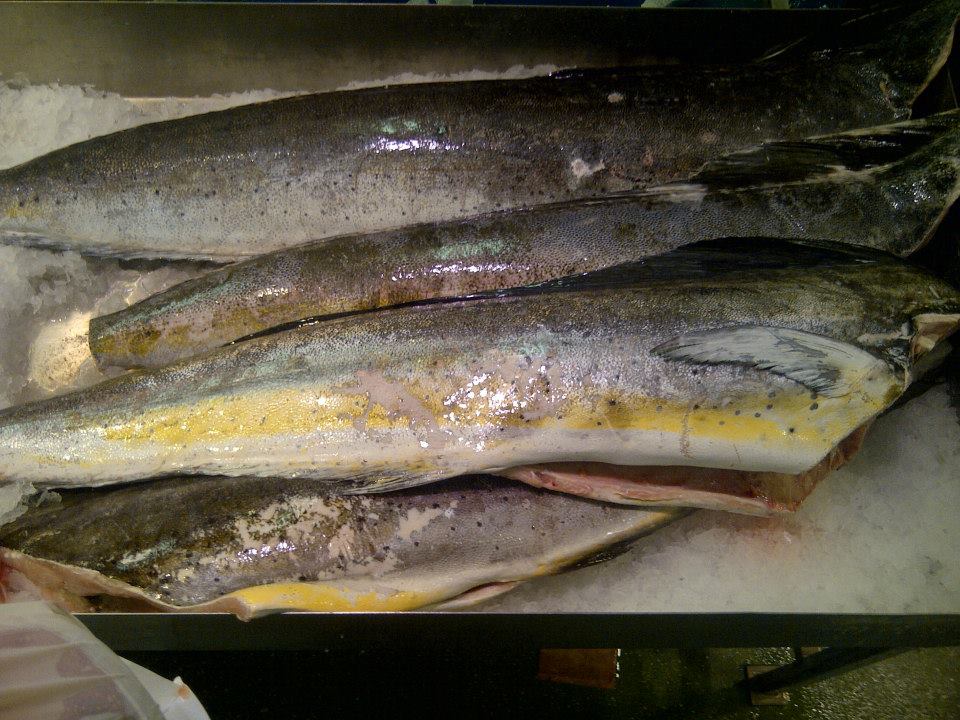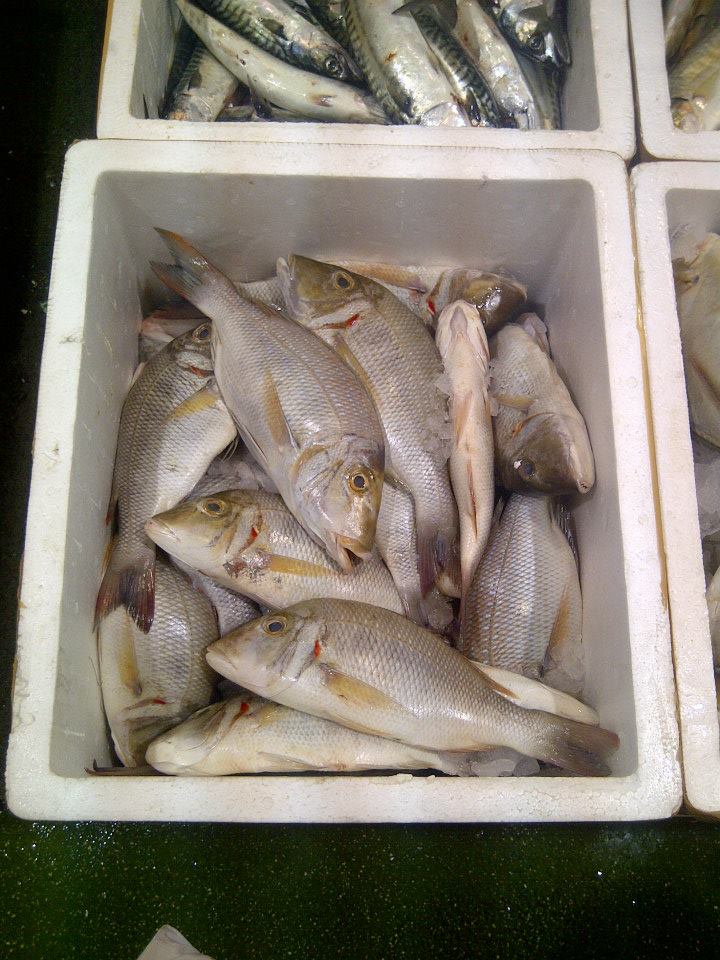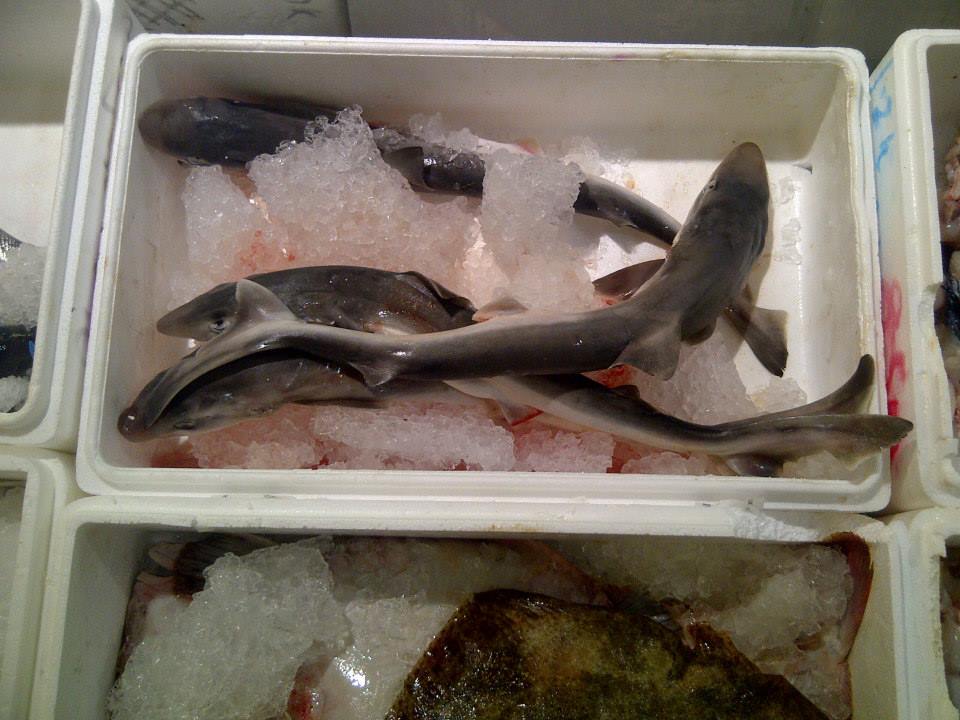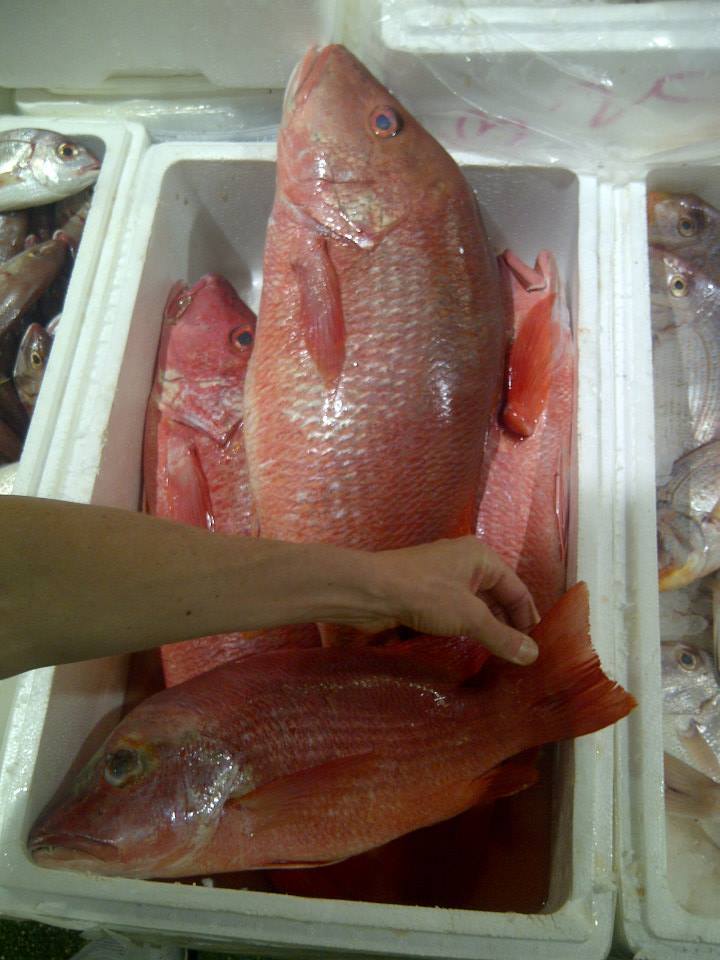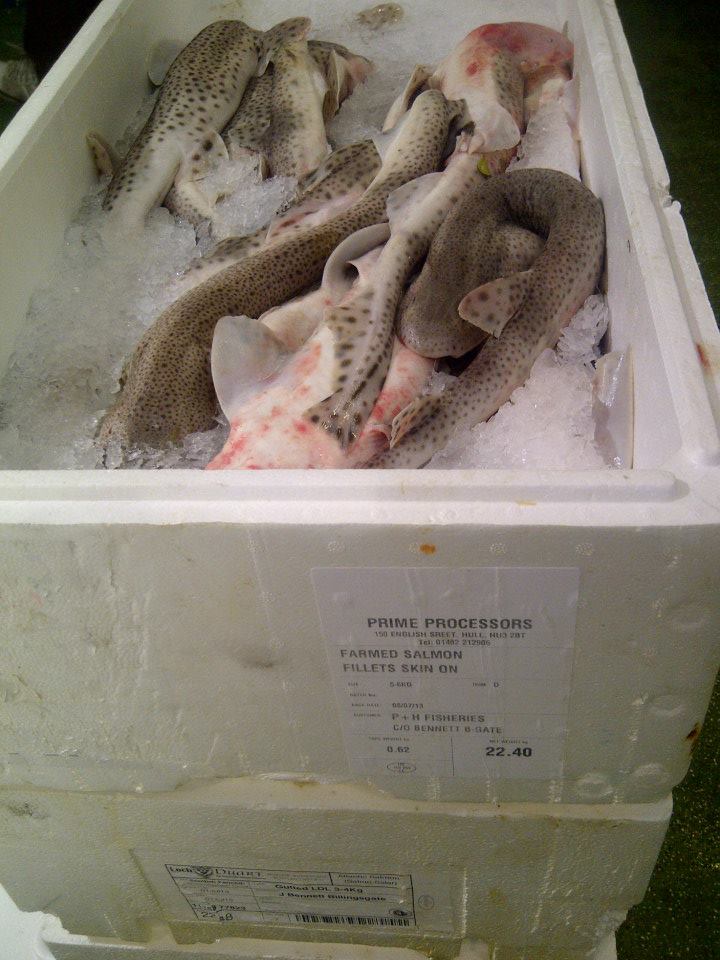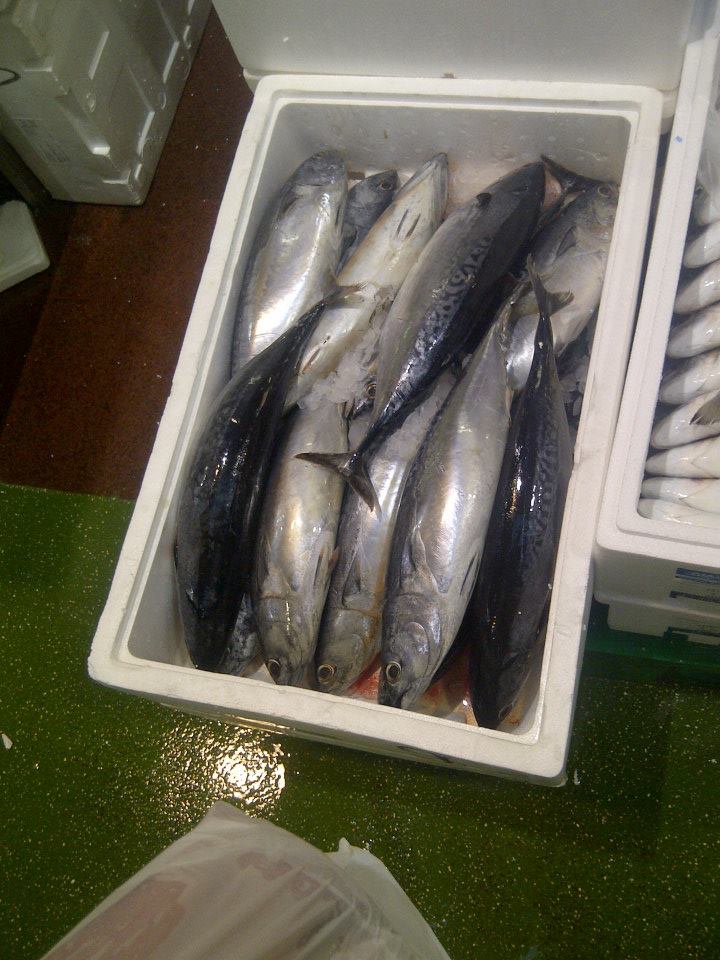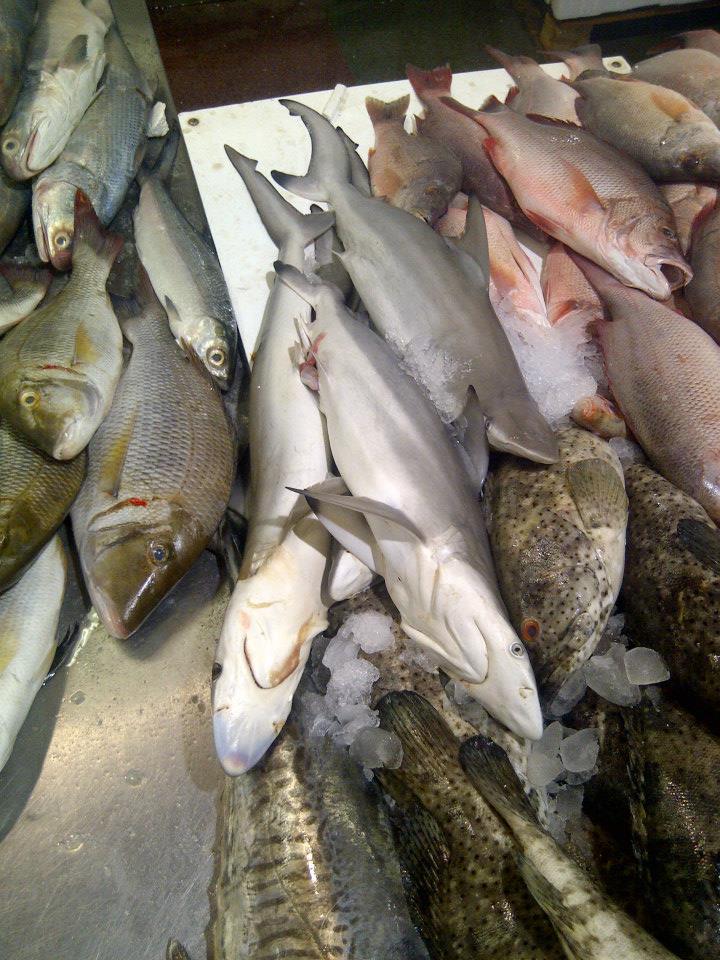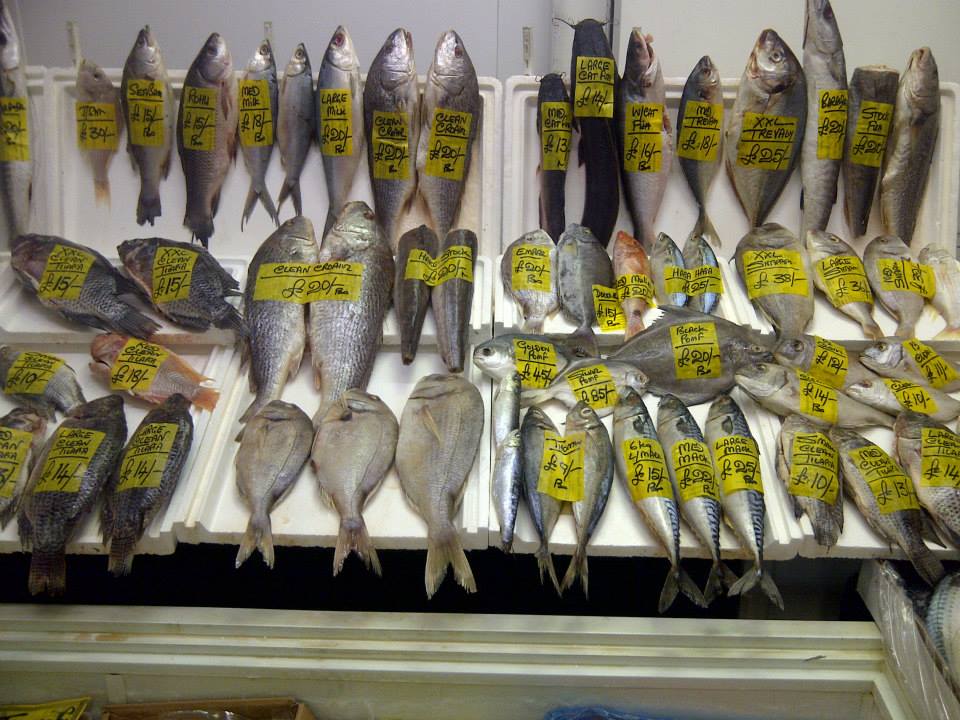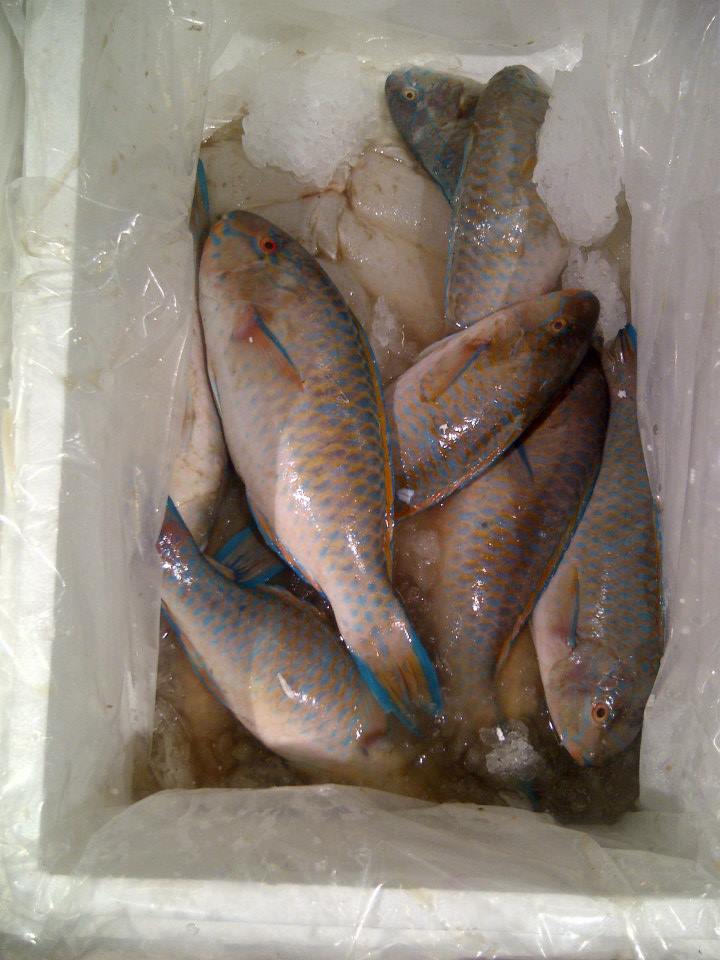Augures D’innocence
Survey of selected works from 1996 through 2013
26 May – 30 September 2013
DOMAINE DÉPARTEMENTAL DE CHAMARANDE
38 rue du Commandant Arnoux
91730 Chamarande
France
Contact : +33 1 60 82 52 01 or +33 1 60 82 26 57
chamarande@essonne.fr
www.chamarande.essonne.fr
For nearly two decades, artist and biologist Brandon Ballengée has bridged the gap between art and science by combining his fascination with research of the living world with his art practice. Using this dual approach, at the borders of art and biology, he creates beautifully poetic works, which are not only metaphors of life, but are intended to heighten our awareness to the preciousness and vulnerability of the environment.
His work is inspired by the study of biodiversity, ecological changes and the decline of species. It is developed from his direct experience and study of ecosystems, especially bio-indicator species such as amphibians, birds, fish and insects. The artist dedicates himself to field surveys around the world, collaborating alongside renowned researchers, as well as the general public. Using the results of his scientific research, Ballengée, as ‘bio-artist”, portrays the health of our ecosystems by giving visual presence to ecological demise. His two-faceted approach has resulted in not only a substantial contribution to the scientific community, but also numerous exhibitions in important cultural institutions around the world. He employs media as diverse as chemically-altered specimens, laboratory video, scanner photograph, and even full ecosystems displaced as installations. Consequently, the artist expands the rules of museum spaces, normally static and controlled, to include the display of living organisms and their milieu, to offer a glimpse of the chaos inherent in nature and evolution.
Named after the poem Auguries of Innocence (1803) by William Blake, Augures d’Innocence, will be Ballengée’s first solo exhibition in France and presents a large survey of work that recounts the artist’s path since his exhibition debut in 1996. From his on-going MALAMP or Malformed Amphibian Project begun in 1996, over twenty works spanning nearly fifteen years of work about amphibian deformities will be on view. The abnormalities were caused by varying factors, including predators, parasites, increased by the pollution of these species in natural environments, and this series includes specimens very recently made during his residency at Chamarande in 2012. Also included are Reliquaries (2001-ongoing), toddler-sized images of deformed specimens; and Styx (2007-ongoing), a sculptural installation including real specimens of preserved and chemically-altered multi-limbed frogs found in nature.
Frameworks of Absence (2006-ongoing) is a series that poignantly addresses bird extinction. For these works, the artist literally cut out the images of extinct species from authentic and historic illustrations by the great naturalist John James Audubon (1785-1851). Paying tribute to the work of Charles Darwin (1809-1882), Ballengée’s A Habit of Deciding Influence (2003-12) is a series of portraits of actual pigeons used in Darwin’s breeding experiments and mentioned in Origin of Species. In addition, historical specimens borrowed from Le Museum National d’Historie Naturelle de Paris and the Musee de-la Nature will be displayed in the installation Apparitions (2013).
Finally, several new large-scale works will be exhibited, including Prelude to the Collapse of the North Atlantic (2013). This work is devoted to the breakdown of the food chain and marine ecosystems of the French Atlantic coast. It echoes the recent work of the artist on the ecological disaster in the Gulf of Mexico, on the other side of the Ocean, following the explosion of British Petroleum’s Deepwater Horizon oil-rig in 2010.
Curated by
COAL the coalition for art and sustainable development
www.projetcoal.fr
http://www.ressource0.com/praeter-naturam-un-projet-de-brandon-ballengee/
